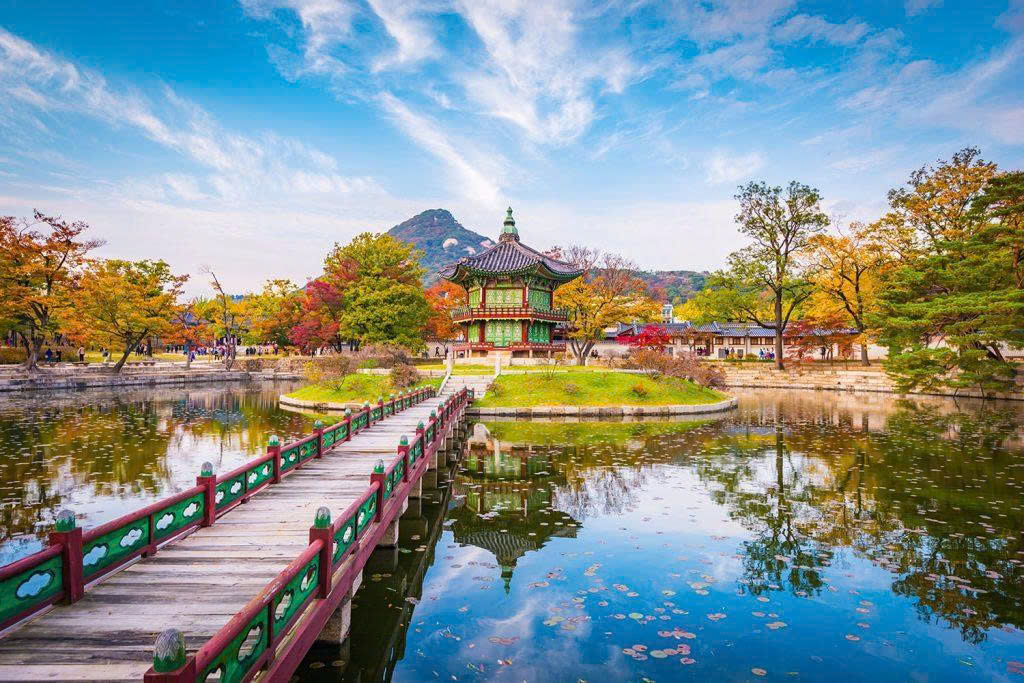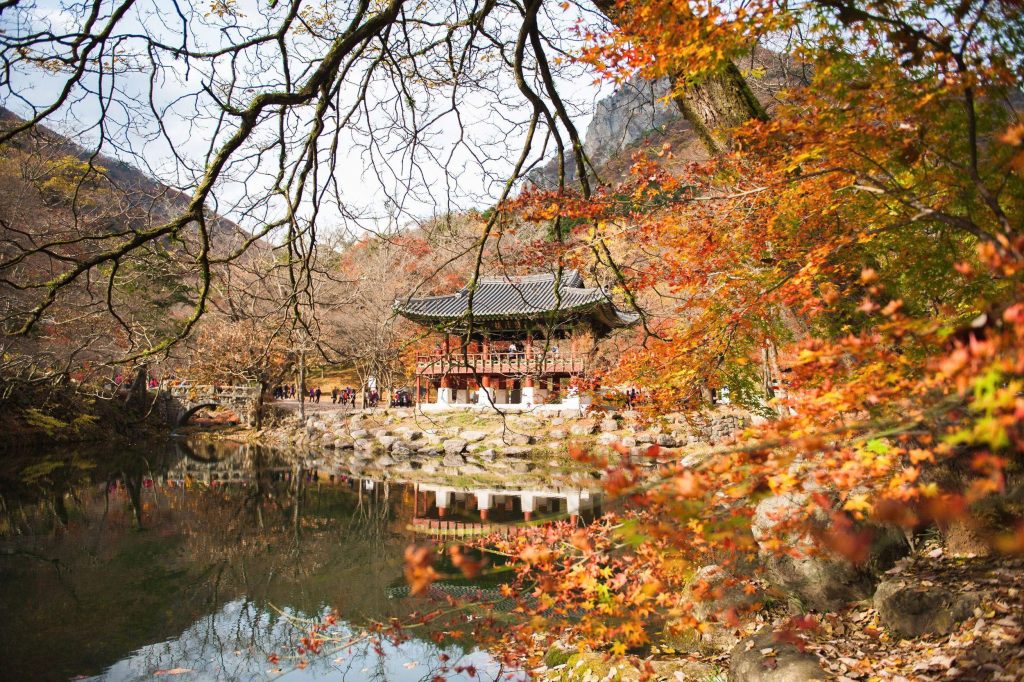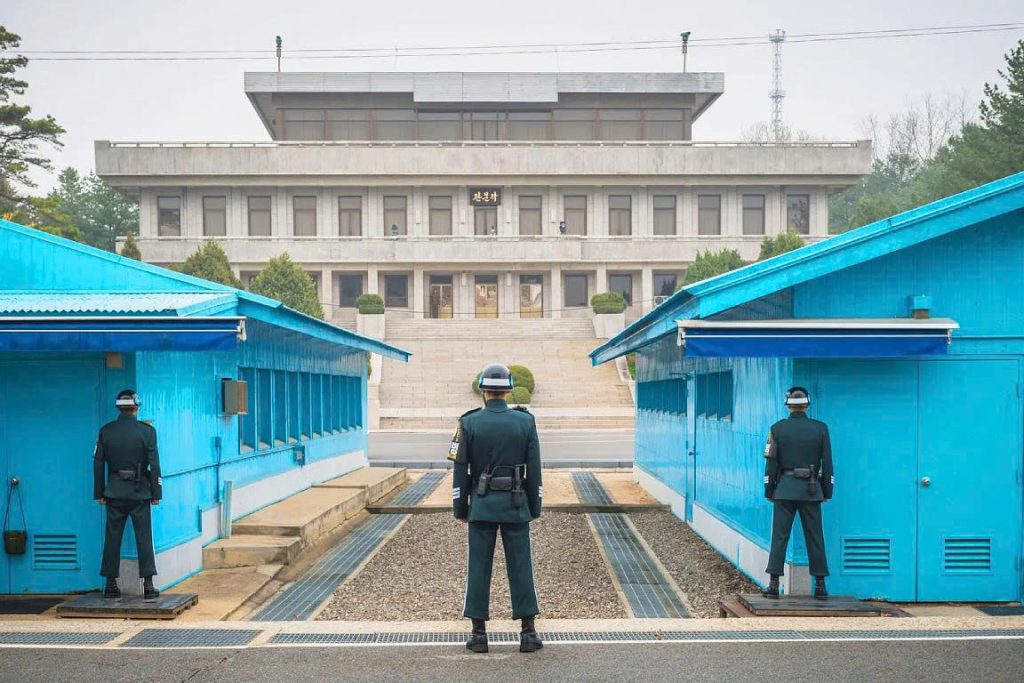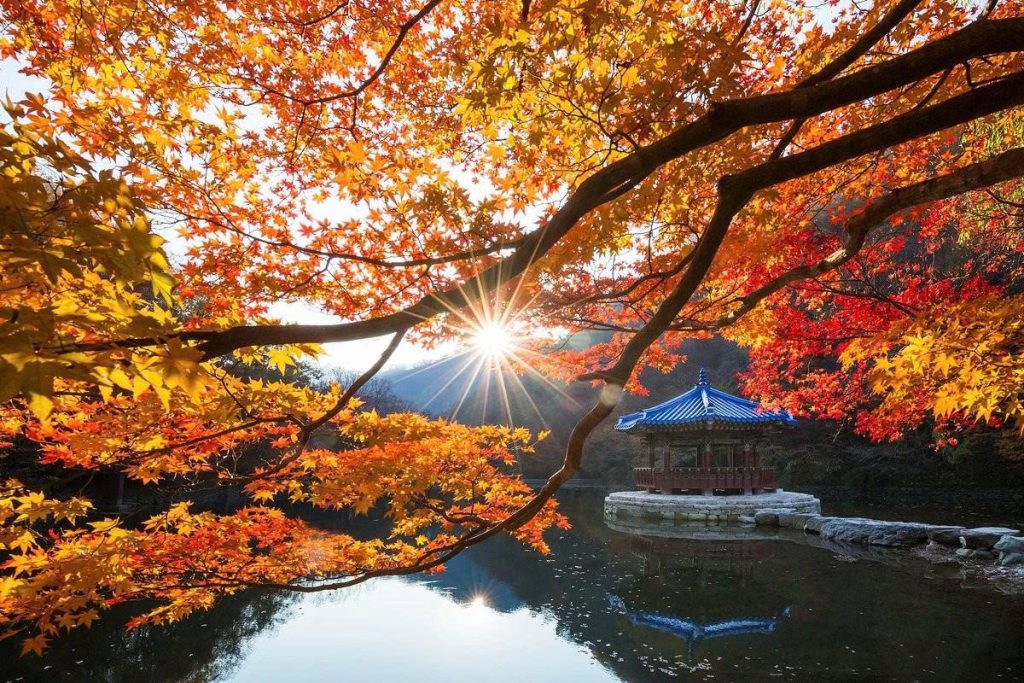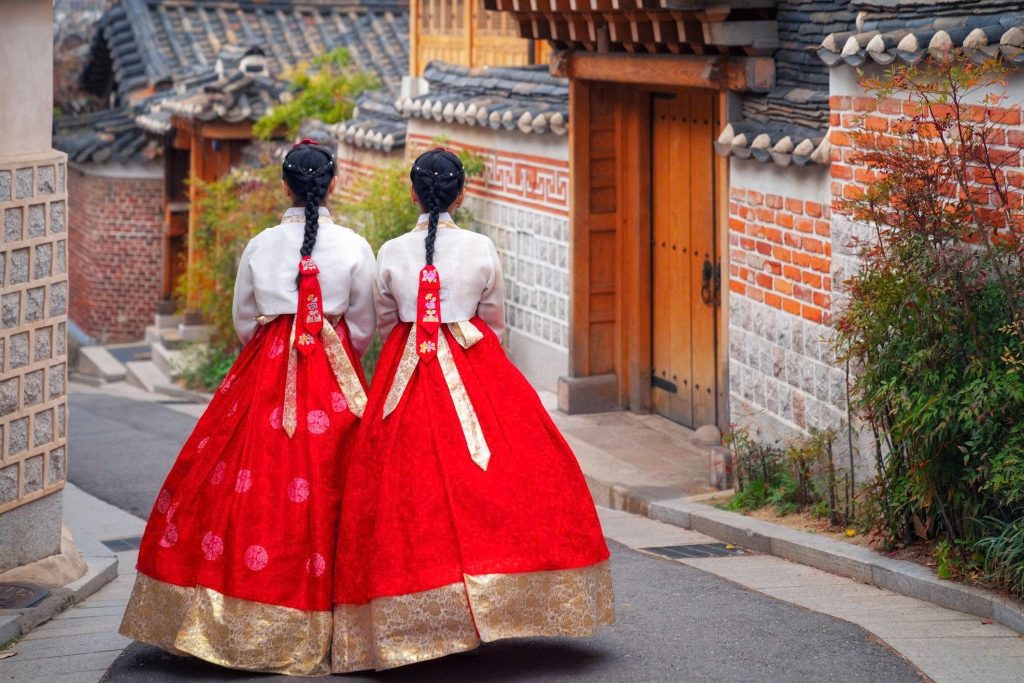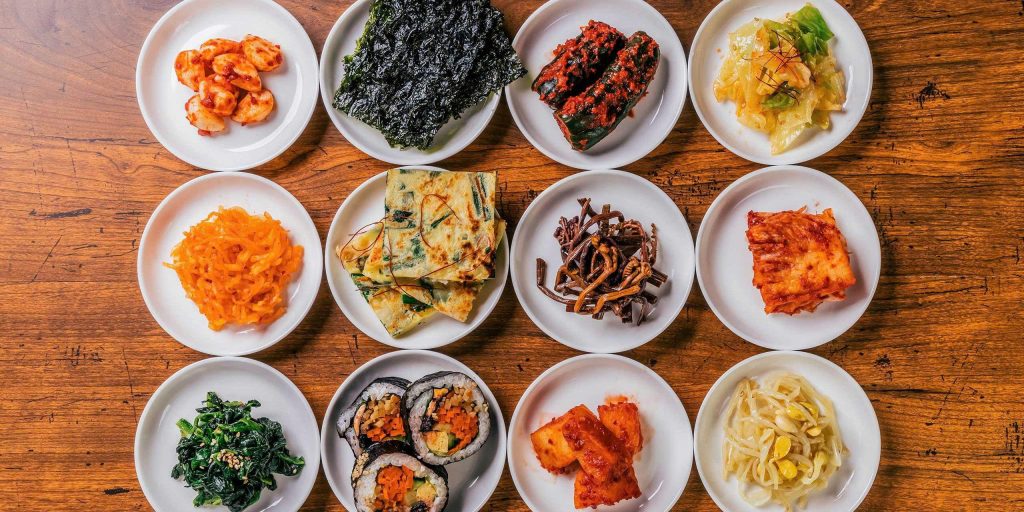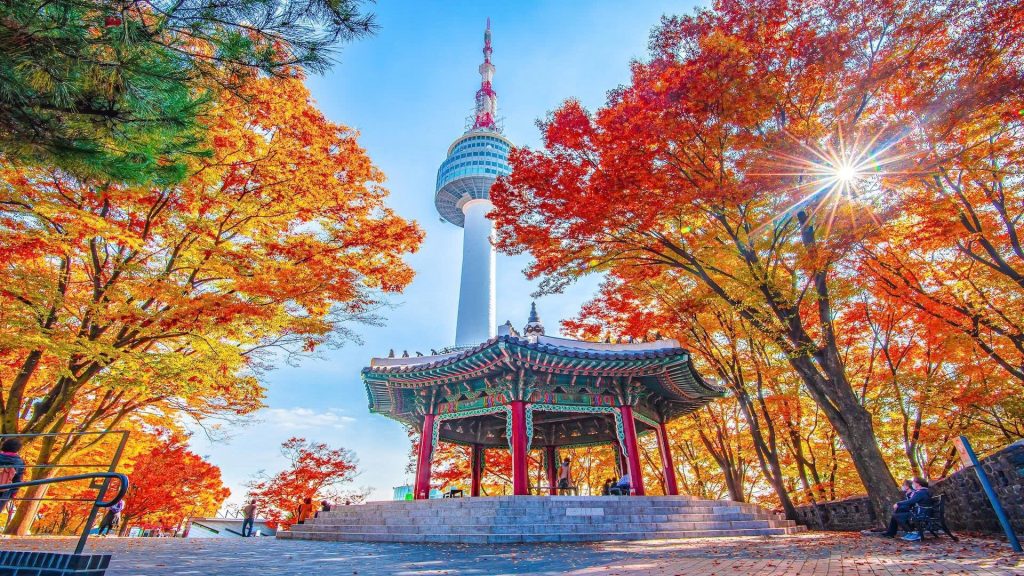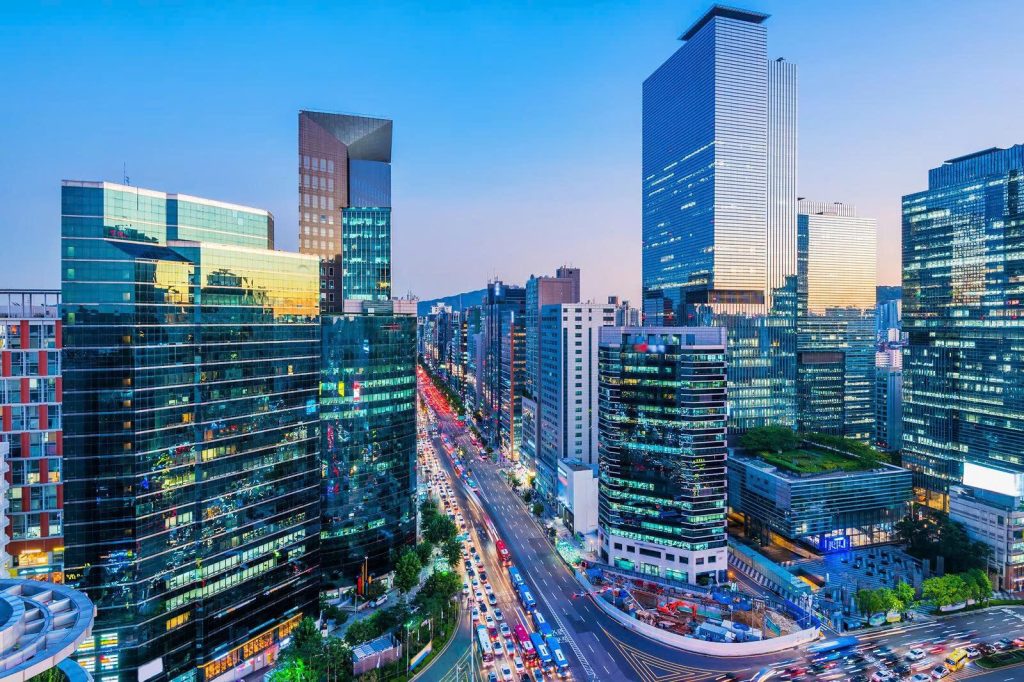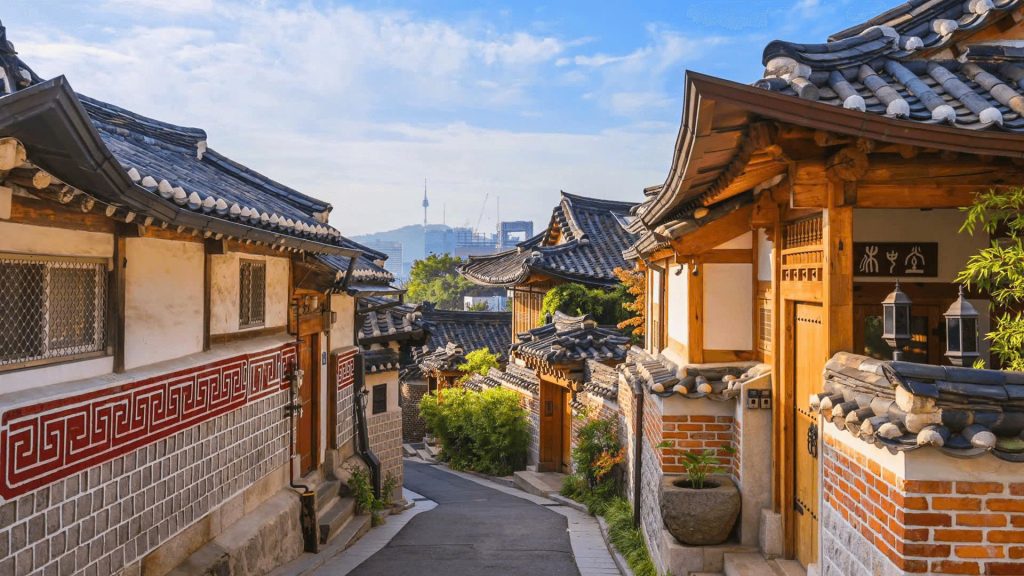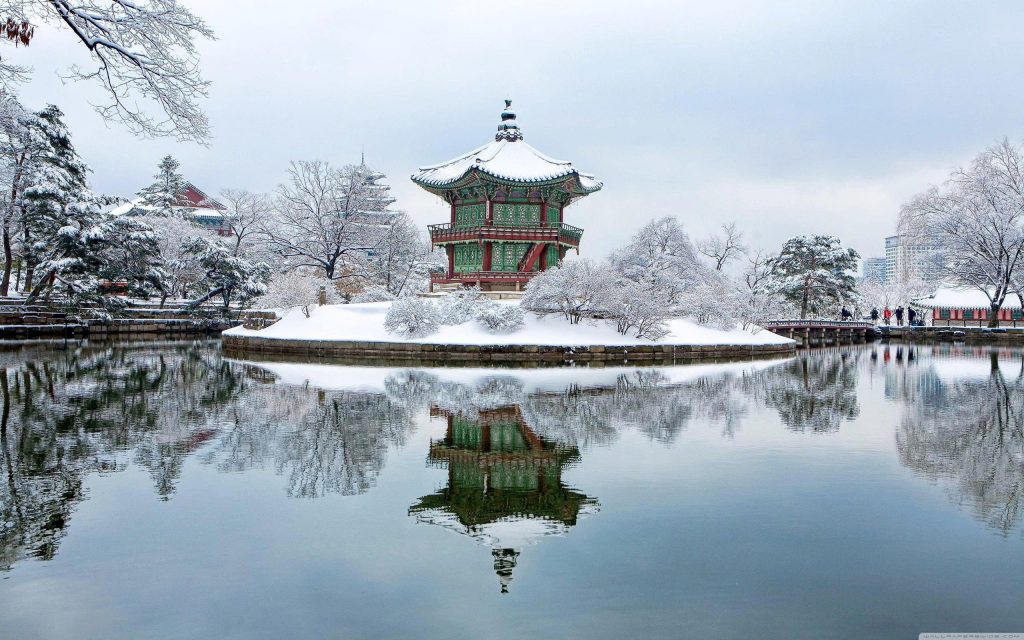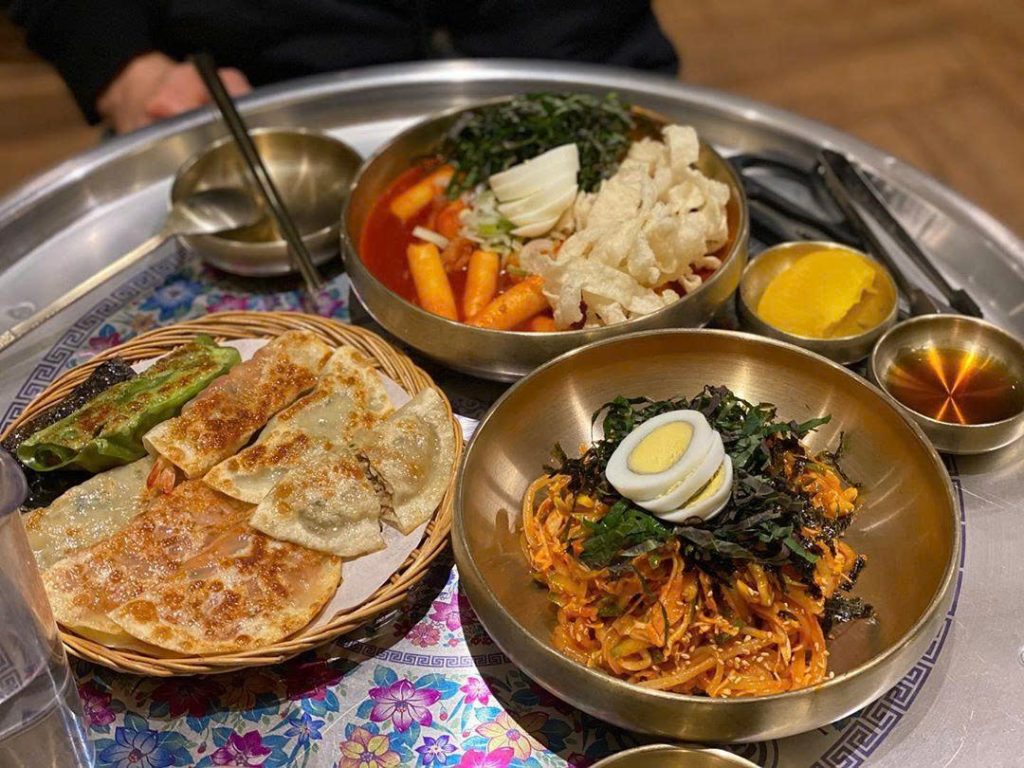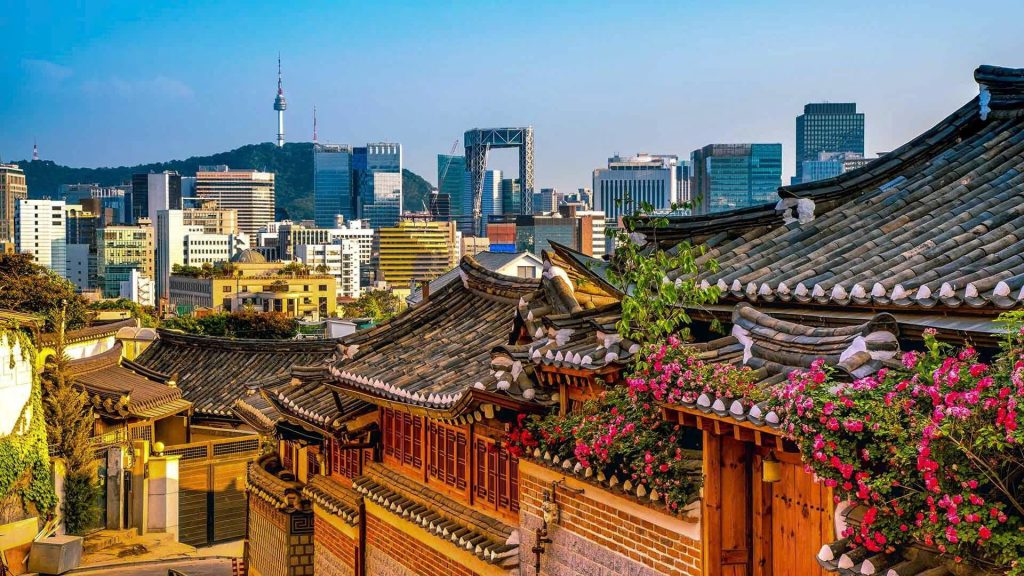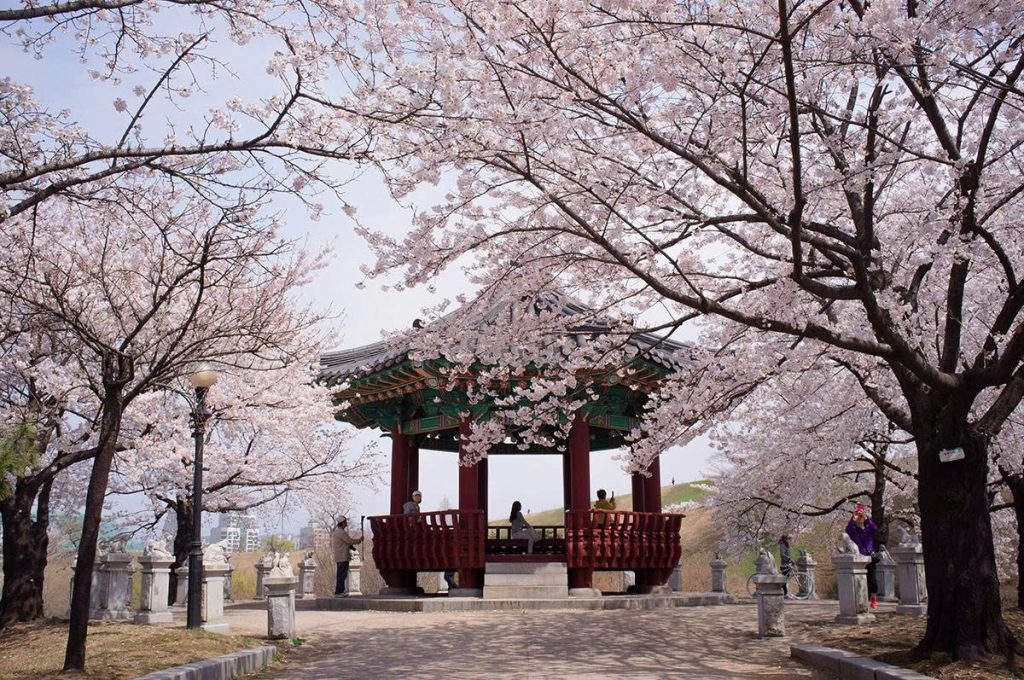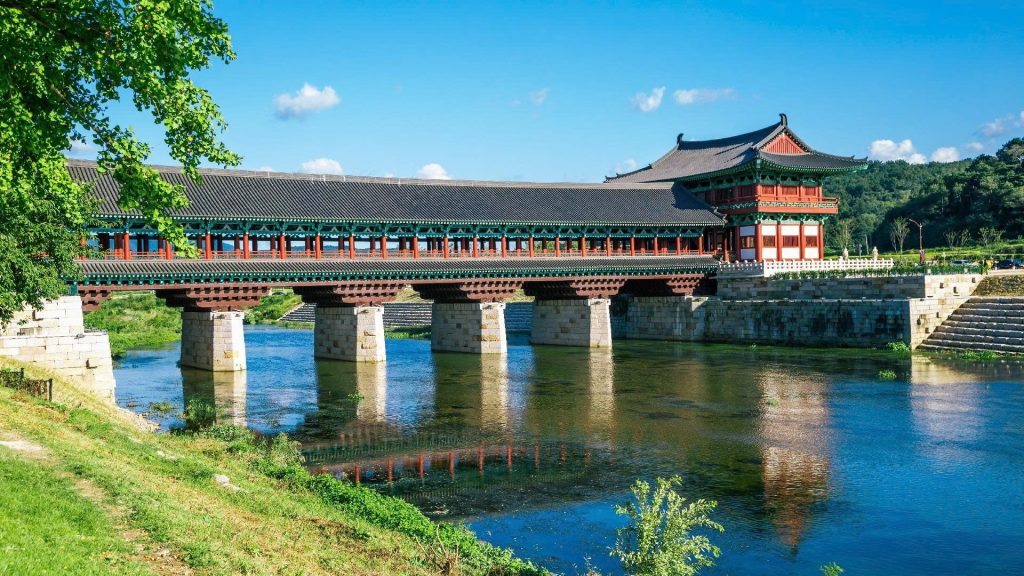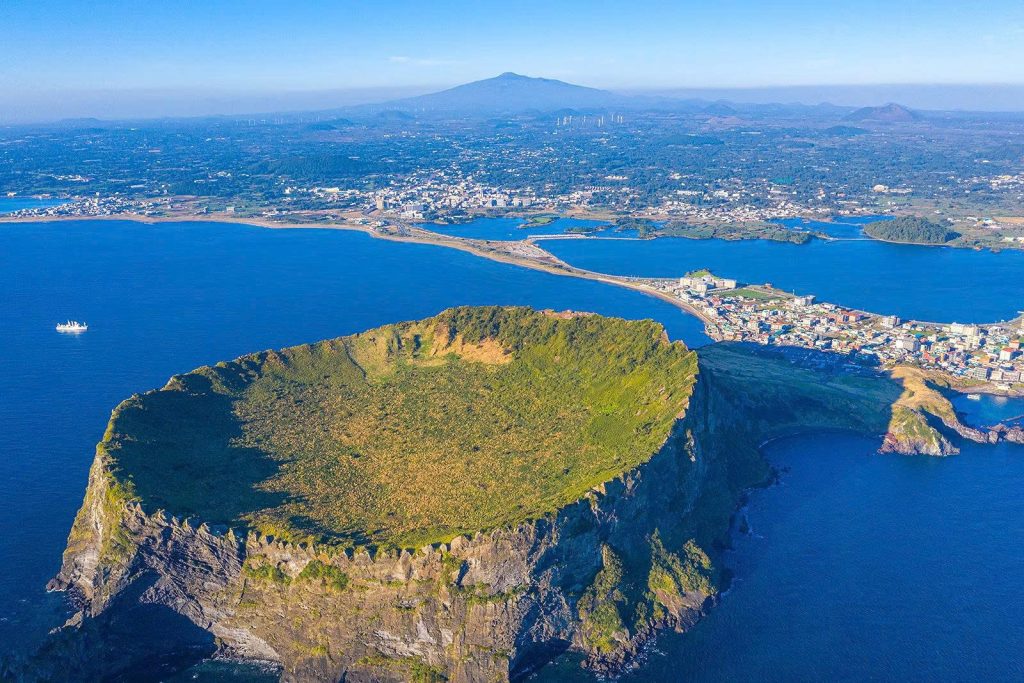South Korea is a land of fascinating contrasts: the relentless future-forward energy of Seoul, the historical depth of ancient kingdoms, and the rugged, scenic beauty of its coastlines. For first-time visitors, figuring out how to balance modern urban exploration with deep cultural immersion is the key to a successful trip.
This guide provides the definitive 10-day South Korea itinerary, meticulously designed to cover the country’s three essential dimensions: the dynamic capital, the vibrant second city, and a crucial historical or cultural core. We’ll show you how to efficiently link Seoul and Busan using the KTX high-speed train, and help you choose between the historical riches of Gyeongju and the traditional charm of Jeonju.
1. Trip Planning Essentials
A well-planned trip is the foundation of a great experience. As an experienced travel planner and expert on Korean logistics, I’ve detailed the crucial pre-departure steps.
Deciding Your Cultural Focus: Gyeongju vs. Jeonju
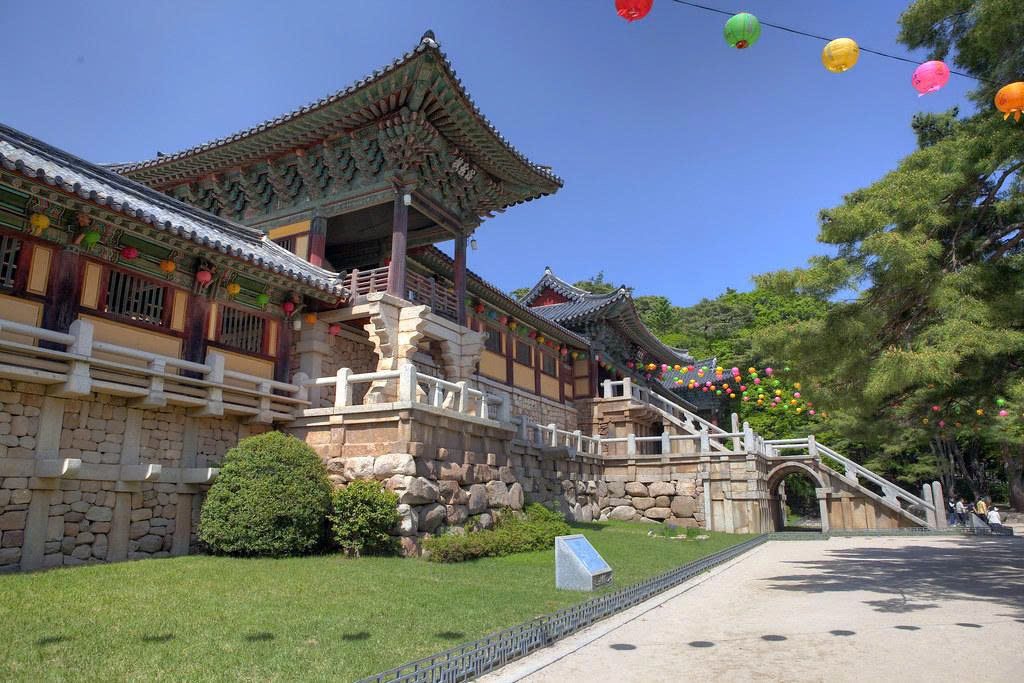
For a 10-day itinerary, you must dedicate 2-3 days to the cultural heartland. The choice between these two cities determines the historical focus of your trip.
Gyeongju: The Open-Air Museum
- Silla Dynasty history (57 BC – 935 AD).
- Highlights: Ancient temples, royal tombs, and UNESCO World Heritage Sites.
- Best for: History buffs, those interested in Buddhism, and travelers seeking significant architectural sites like Bulguksa Temple and Seokguram Grotto. Gyeongju is easily accessible from Busan.
Jeonju: The Traditional Heart
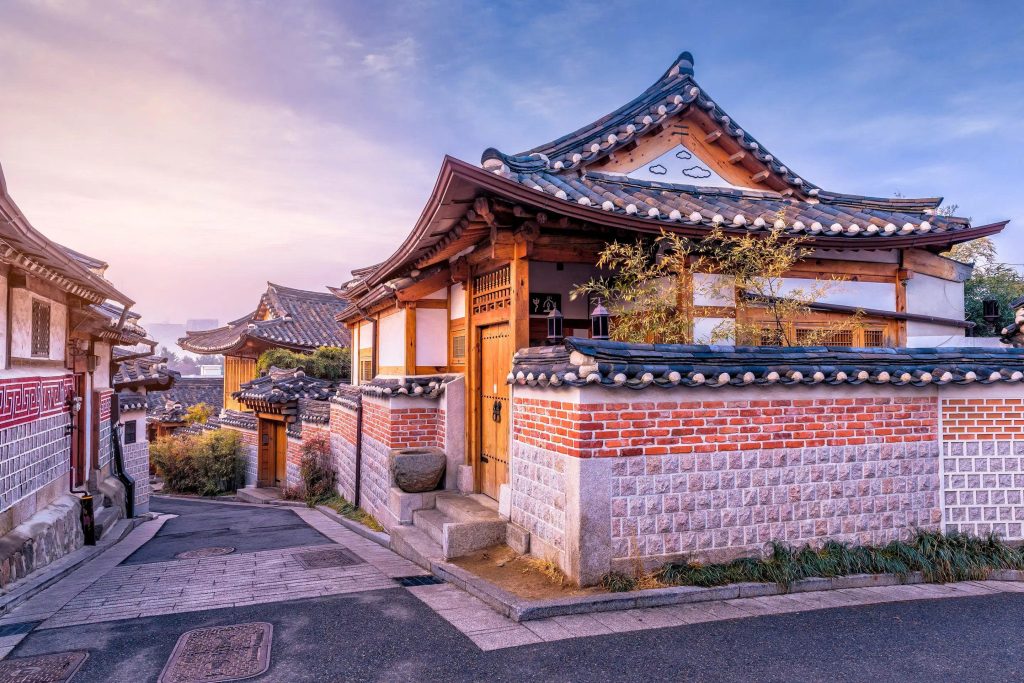
- Joseon Dynasty culture, traditional Korean architecture (Hanok), and food.
- Highlights: Wandering the Jeonju Hanok Village, tasting Bibimbap at its origin, and exploring the slow, artisanal pace of Korean life.
- Best for: Foodies, architecture enthusiasts, and those wanting a deep dive into traditional Korean daily life and crafts.
Our Recommendation: Both are fantastic. Gyeongju offers more historical grandeur and better fits the geographic flow from Busan. Jeonju provides a uniquely intimate cultural experience. This guide will provide options for both.
2. Essential Korean Travel Logistics
Transportation: The KTX High-Speed Rail
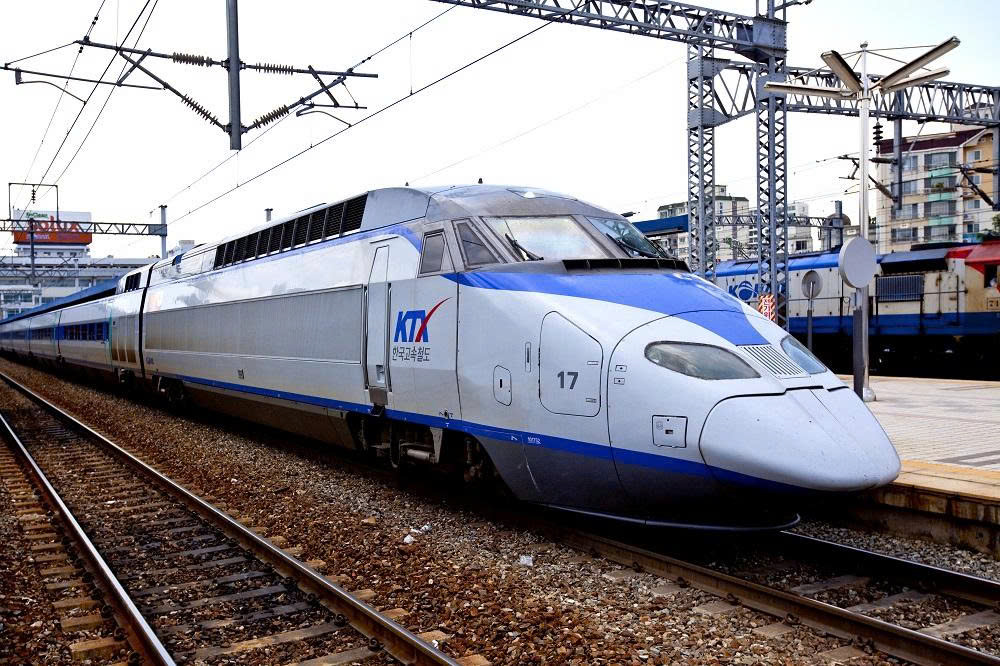
The KTX (Korea Train eXpress) is the backbone of this itinerary. It is essential for linking the major cities quickly and comfortably.
| Route | Estimated Time | Key Terminology (Entities) | Tip |
| Seoul Busan | 2.5 – 3 hours | Korail, Seoul Station, Busan Station | Book at least 1-2 weeks in advance, especially weekends. |
| Busan Gyeongju | ~30 minutes (KTX to Singyeongju Station) | Singyeongju Station | From Singyeongju, take a local bus or taxi to the city center. |
| Busan Jeonju | ~3 hours (via KTX or slower trains/buses) | Jeonju Station | Requires more time due to less direct connections than Gyeongju. |
Technology and Currency
- T-money Card: Mandatory for subways, buses, and even some taxis in Seoul and Busan. Purchase and top-up at any convenience store (e.g., CU, GS25).
- Apps: Download Naver Map or KakaoMap (Google Maps is unreliable in Korea). Kakao T is essential for calling taxis.
- Currency: The official currency is the South Korean Won (₩). Credit cards are widely accepted, but cash is necessary for street food and smaller shops.
3. The 10-Day Itinerary Breakdown
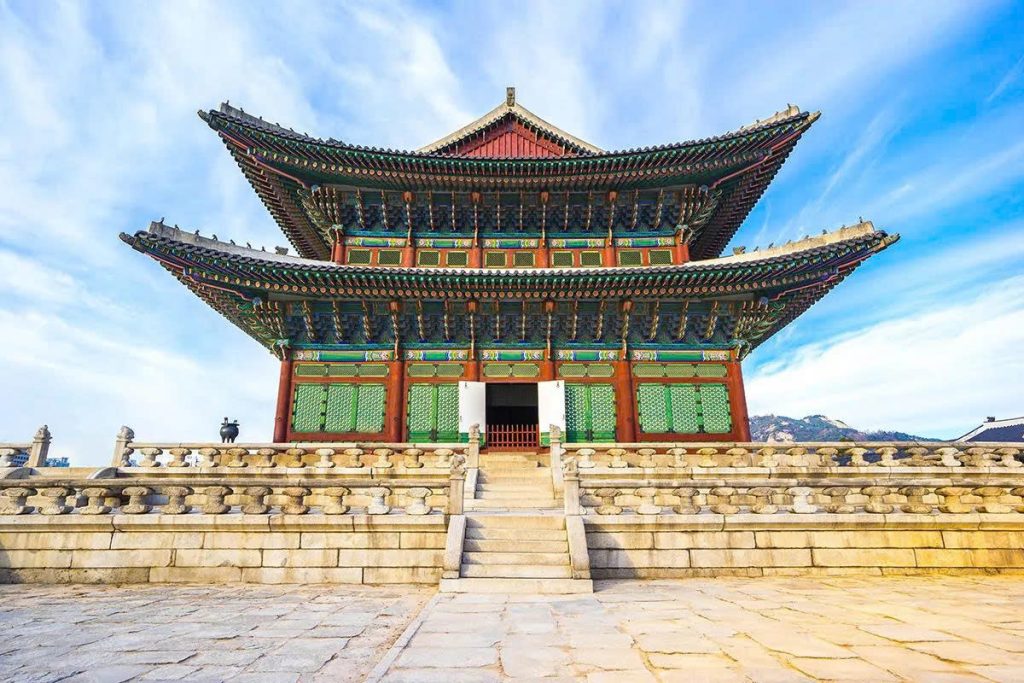
This schedule balances major sights, cultural immersion, and local cuisine to maximize your time.
Days 1-3: Seoul – The Modern Capital and Royal History (4 Days)
Seoul, the capital, blends 600 years of history with hyper-modernity. Focus on two main zones: historical north and modern south.
| Day | Morning Focus (Historical) | Afternoon Focus (Modern) | Evening (Experience/Food) |
| Day 1 | Gyeongbokgung Palace: Witness the Changing of the Royal Guard. | Explore the traditional alleyways of Bukchon Hanok Village. | Dinner & drinks in Insadong (Traditional Tea Houses and Korean BBQ). |
| Day 2 | Visit Changdeokgung Palace and the serene Secret Garden (Huwon). | Wander the youthful energy and boutiques of Hongdae (near Hongik University). | Enjoy Street Food and vibrant markets in Myeongdong. |
| Day 3 | Immerse yourself in the bustling Namdaemun Market and Dongdaemun Design Plaza (DDP) (a Zaha Hadid architectural landmark). | Ascend Namsan Seoul Tower for panoramic city views. | K-Pop culture and high-end shopping in Gangnam (check out the COEX Library). |
Day 4: Seoul – Deep Dive or DMZ Excursion
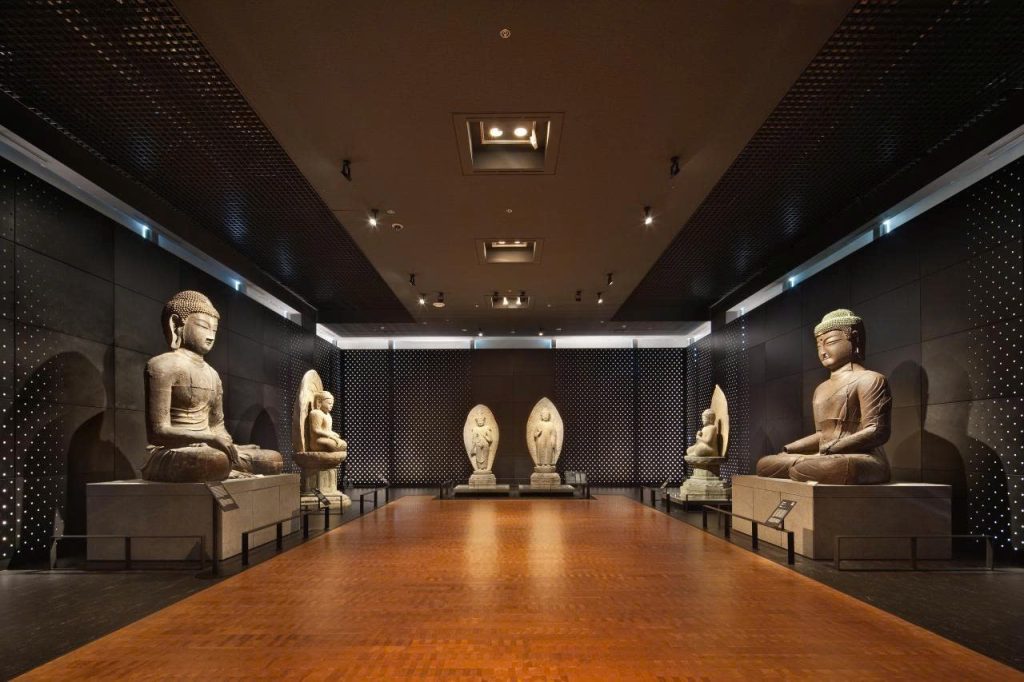
- Option A (Culture Deep Dive): Visit the National Museum of Korea or the War Memorial of Korea for a deeper historical context. Spend the afternoon exploring the art galleries in Samcheong-dong.
- Option B (DMZ Tour): Take a pre-booked, full-day tour to the Demilitarized Zone (DMZ). This is a sober, essential experience. Remember to bring your passport!
Day 5: Travel Day & Busan Arrival
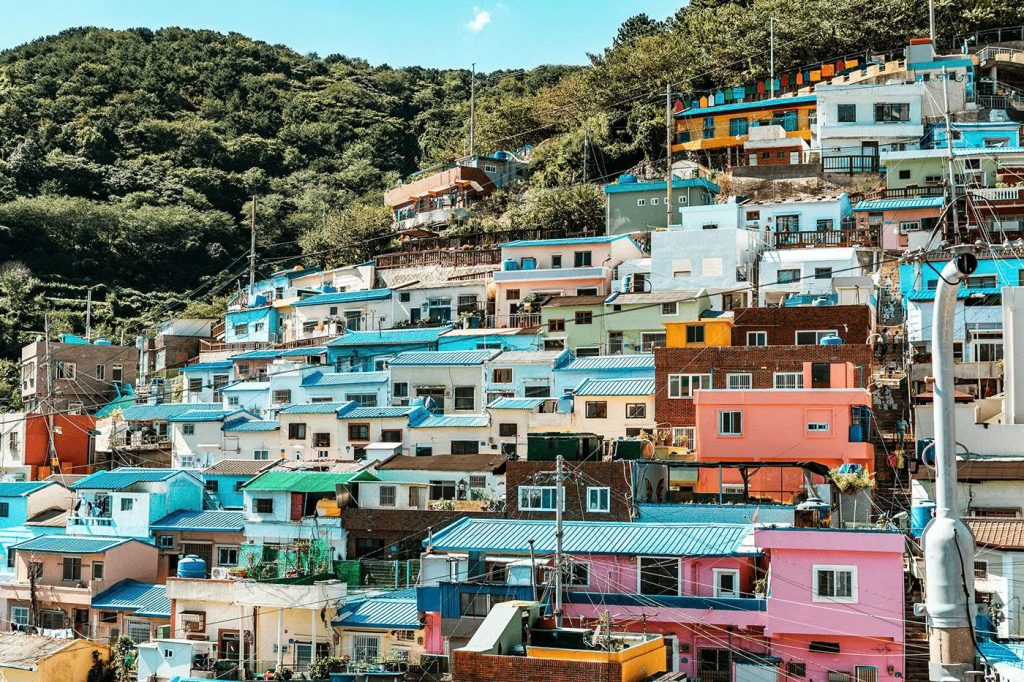
- Morning: Take the KTX from Seoul Station to Busan Station (approx. 2.5 hours). Check into your accommodation near Seomyeon (central) or Haeundae (beach).
- Afternoon: Immediately explore Gamcheon Culture Village, a vibrant hillside community often called the “Machu Picchu of Busan.”
- Evening: Enjoy dinner and fresh seafood at the Jagalchi Fish Market, a major Icon of Busan.
Day 6: Busan – Coastline and Ocean Views (2 Days)
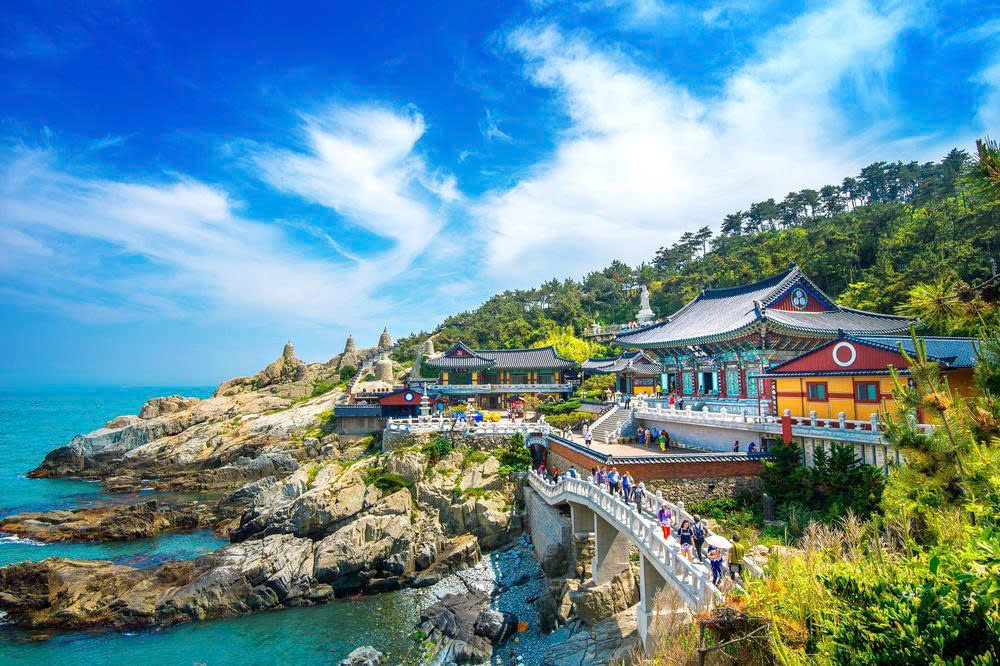
Busan is the largest port city, characterized by its ocean views and maritime culture.
- Morning: Visit Haedong Yonggungsa Temple, a rare and stunning temple built right on the seaside cliffs.
- Afternoon: Relax on Haeundae Beach or take a stroll along the scenic Dongbaekseom Island to see the Nurimaru APEC House.
- Evening: Enjoy the nightlife and craft breweries in the Gwangalli Beach area, known for its view of the Gwangan Bridge lighting up.
Days 7-9: The Cultural Heart – Gyeongju or Jeonju (3 Days)
Option A: Gyeongju (History)
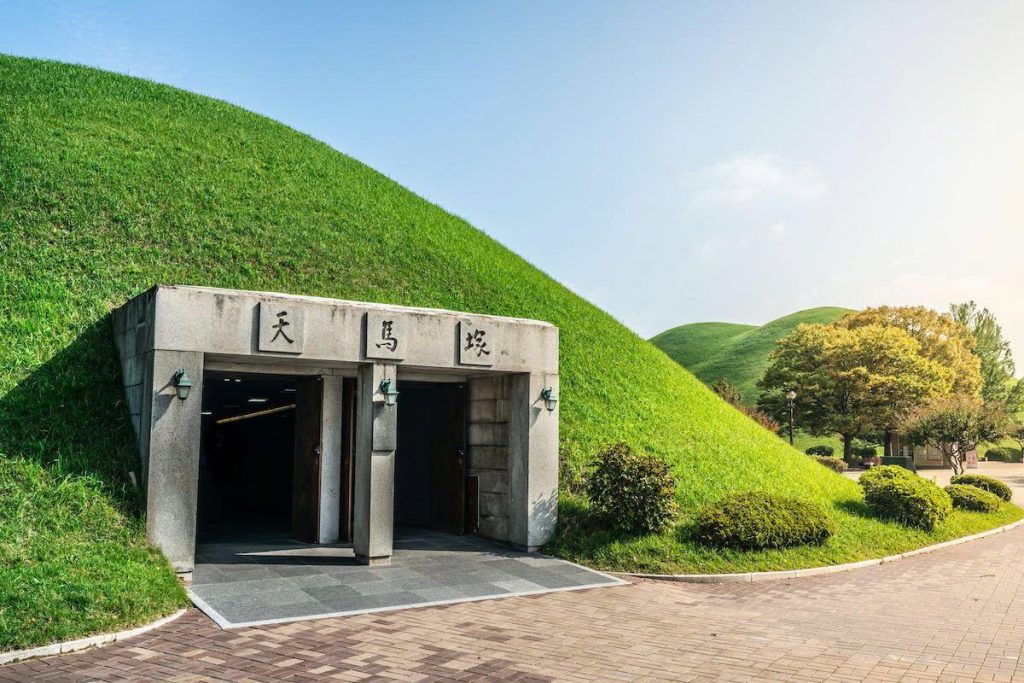
| Day | Morning (UNESCO Heritage) | Afternoon (Parks & Relics) | Evening (Atmosphere) |
| Day 7 | Travel from Busan to Singyeongju Station (30 mins). Check into your hotel. Visit Bulguksa Temple, a masterpiece of Buddhist art. | Explore Seokguram Grotto (requires a bus ride up the mountain) for its iconic Buddha statue. | Dinner near Bomun Lake resort area. |
| Day 8 | Visit the grass-covered, dome-shaped Tumuli Park, home to the tombs of Silla royalty. | Explore the site of the former Silla palace at Wolseong Park and the surrounding area. | Walk around Donggung Palace and Wolji Pond (Anapji) at night for a spectacular illuminated view. |
| Day 9 | Travel from Gyeongju back toward Seoul or Jeonju. Spend a half-day exploring the Gyeongju National Museum. | Travel Day: Take the KTX to Seoul (if you’re flying out tomorrow) or to Jeonju (if you opt for a split cultural stop). | Settle in Seoul/Jeonju. |
Option B: Jeonju (Tradition & Food)
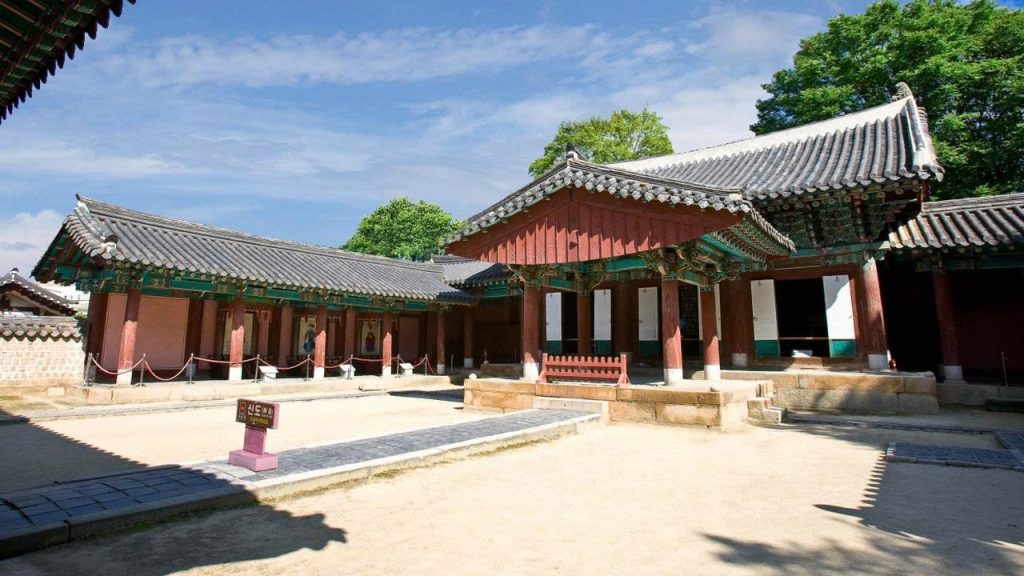
| Day | Morning (Hanok & Culture) | Afternoon (History & Crafts) | Evening (Food Experience) |
| Day 7 | Travel from Busan to Jeonju Station (allow 3-4 hours total travel time). Check into a traditional Hanok guesthouse inside the village. | Explore the core of Jeonju Hanok Village, renting a Hanbok (traditional Korean dress) for photos. | Authentic Jeonju Bibimbap dinner (the origin of the dish) and try Makgeolli (rice wine). |
| Day 8 | Visit Gyeonggijeon Shrine, a royal portrait museum, and Jeondong Catholic Cathedral. | Explore the traditional crafts and paper making at the Hanji Museum or stroll through the local markets. | Focus on Jeonju’s famed street food and local delicacies. |
| Day 9 | Travel Day: Enjoy a final walk through the quiet morning village. Take the KTX back to Seoul Station (approx. 1.5 – 2 hours). | Seoul: Check into a final hotel in the city center (Myeongdong or Insadong) for convenient access to shopping/airport. | Final Korean BBQ or specialty dinner in Seoul. |
Day 10: Seoul – Departure Day
- Morning: Depending on your flight time, use this final morning for last-minute souvenir shopping in Insadong (for traditional crafts) or Hongdae (for trendy K-beauty products).
- Afternoon: Take the AREX Express Train from Seoul Station directly to Incheon International Airport (ICN)
4. Advanced Planning & Tips
To fully leverage the value and expertise of this guide, remember these critical tips:
Mastering Korean Dining Etiquette
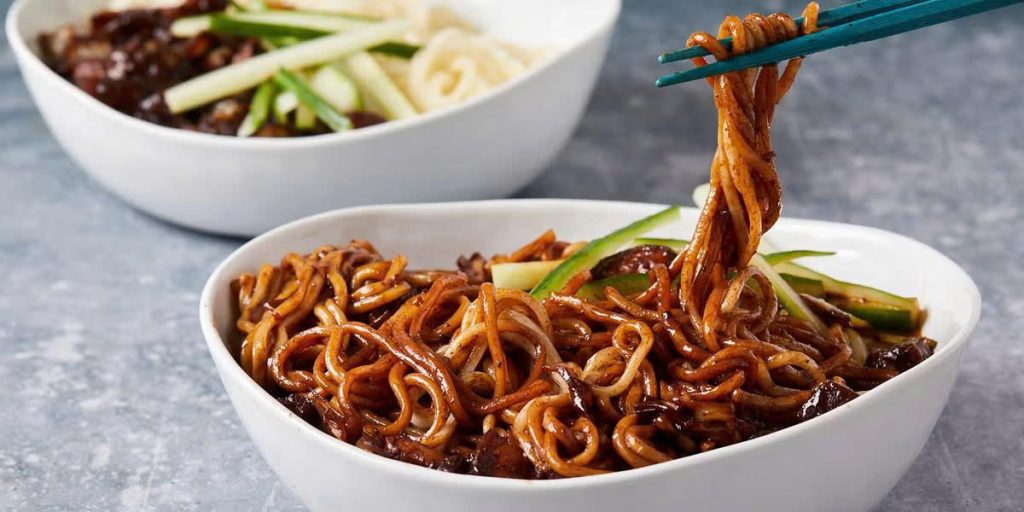
Food is a critical entity of Korean culture. Showing respect at the table is essential:
- Do not lift your bowl: Unlike in some Asian cultures, lift only your spoon (for rice/soup) or chopsticks (for side dishes). The bowl should remain on the table.
- Respect the Elders: The eldest person starts eating first. If they pour you a drink, accept the glass with both hands.
- No Chopstick Taboos: Never stick your chopsticks upright in your rice bowl; it resembles incense at a funeral ritual.
Accommodation Recommendations (Authoritativeness)
Choosing the right base significantly cuts down on travel time.
- Seoul: Stay near Jongno-gu (for culture/history) or Myeongdong (for convenience/shopping).
- Busan: Seomyeon (central hub) or Haeundae (beach access).
- Gyeongju/Jeonju: Opt for a modern hotel near the main Station for easy travel, or a traditional Hanok Stay for an immersive experience.
The Importance of Cultural Entities
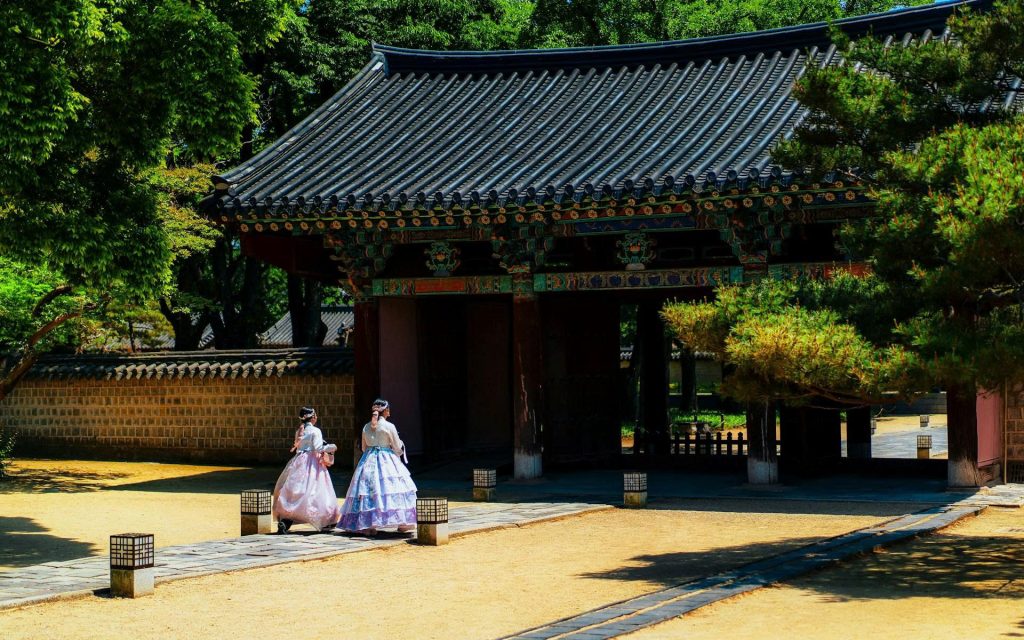
When visiting historical sites, understanding the Entities enhances the experience:
- Hanbok: Renting this traditional dress, especially at Gyeongbokgung or Jeonju, is common and respectful.
- UNESCO Sites: Korea has 15 UNESCO sites; Gyeongju alone hosts several. These are internationally recognized for their global significance.
- Chaebols: Recognize the influence of large industrial family conglomerates like Samsung or LG in modern Seoul; they define much of the city’s modern architecture and economy.
RELATED: South Korea Travel Guide 2026: Visa, Costs, and Tips
This 10-day South Korea itinerary provides the perfect balance: four days in the magnificent metropolis of Seoul, two days exploring the coastal charm of Busan, and three days dedicated to a deep cultural immersion in either ancient Gyeongju or traditional Jeonju.
By meticulously planning your KTX travel, mastering a few key etiquette rules, and prioritizing the essential cultural and historical sites detailed here, you are ready for a truly rewarding journey through a country where tradition and technology coexist in perfect harmony. Start booking your KTX tickets now, and prepare to be captivated by the Land of the Morning Calm.

